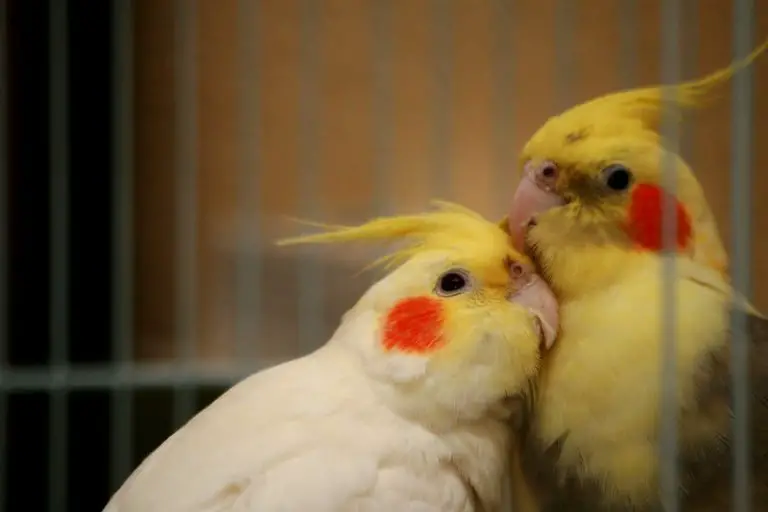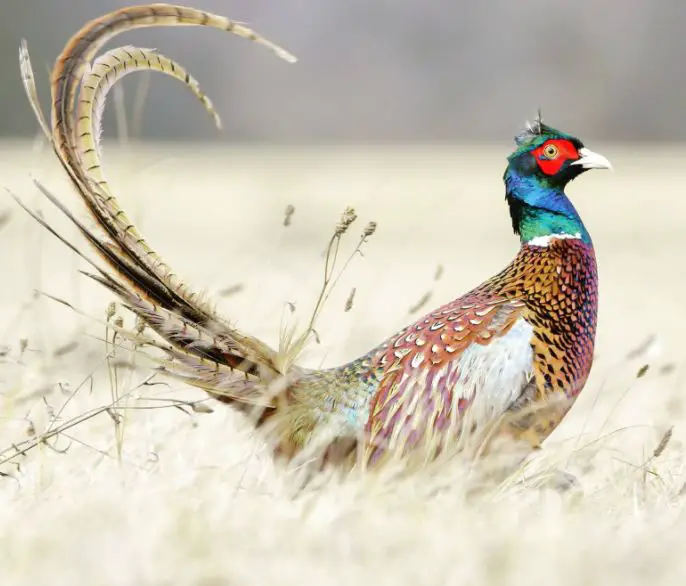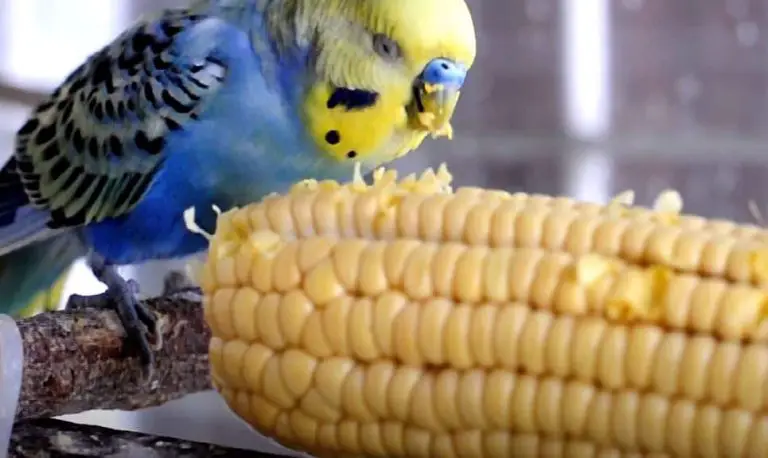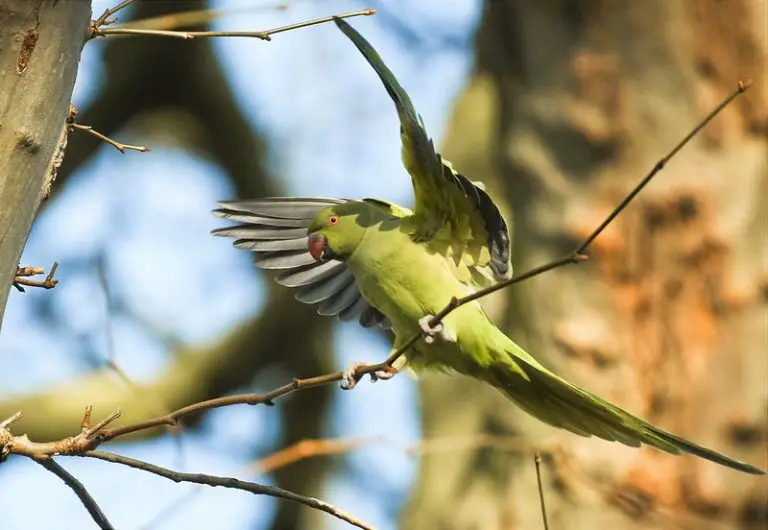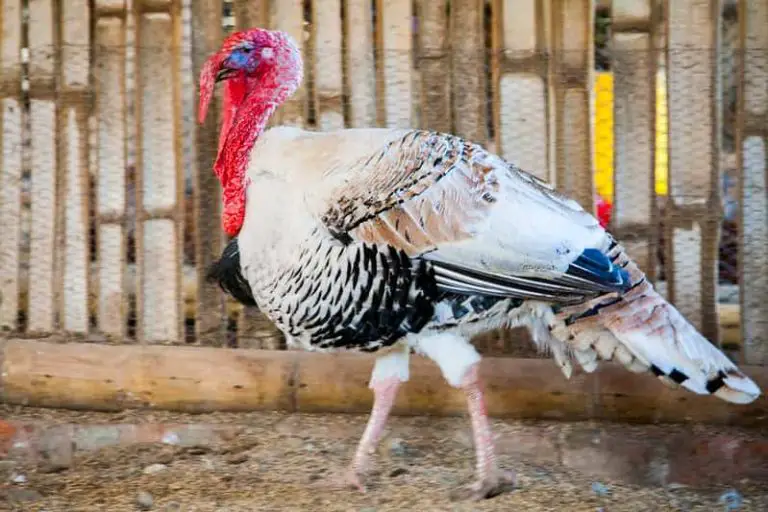3 Types of Ducks That Nest In Trees

Ducks in the wild diversify over their nesting conditions, and often nest in brush piles along lakes, rivers, or on dry land, or near embankments.
Some species nest among the forks of large trees and depressions under fallen trees, nests are constructed of down feathers, hay, stems, and blades of grass.
But some species of ducks, which have the ability to fly, can nest in trees, which may seem a strange and surprising fact.
Usually, ducks will prefer to nest on land, Many ducks choose their breeding sites based on their own accessibility; if the breeding and nesting site is a very compromised or dangerous location, ducks may seek other, “safer” options.
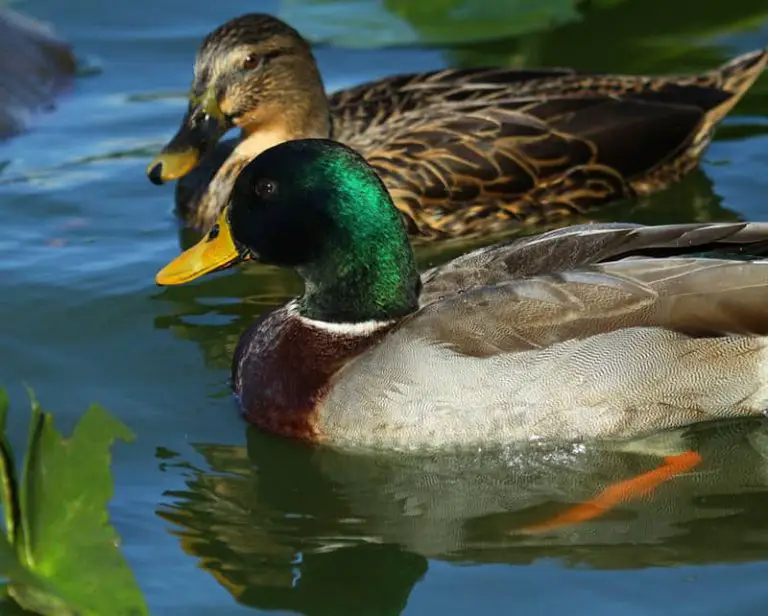
Mallard ducks
Mallard ducks, like other duck species, usually nest on land, but tend to nest in trees on occasion, depending on the conditions of their environment.
The mallard duck is one of the most popular and versatile, in nature it is a migratory bird and therefore can fly.
Mallards are extremely well adapted in their choice of nesting sites. Usually they will breed on the ground, sheltered between tall trees or shrubs.
However, if a body of water is not vegetated, the Mallard will seek an alternative nesting site. This can be up to five kilometers away from the water.
Nevertheless, not always near-ground hiding places are preferred, and breeding can also be found in trees.
The mallard enjoys nesting in old crows’ or raptors’ nests. In densely populated areas it will also breed in buildings, on flat roofs or on balconies.
They love to be in places surrounded by water, Mallards tend to inhabit lakes, ponds, reservoirs, rivers and other bodies of water; they have webbing between their toes and are known to be good at swimming and playing in the water, but rarely dive.
They are good at foraging and playing in the water, and their tails are exposed to the water when they swim. Water and courtship are paired, especially when bathing after eating. Playing in the water promotes hygiene and feather growth.
Golden-eye ducks
This duck breeds in wooded areas near lakes or slow-flowing rivers, with old trees in whose hollows it usually places its nests, which consist of a simple depression lined with various material and down.
The Golden-eye duck is an anatidae of the so-called diving ducks of the order Anseriformes, family Anatidae, genus Bucephala.
The first thing that strikes us is the name of its genus Bucephala, which apparently comes from the Greek words bous (bull) and kephale (head), in reference to the size of its head.
When describing this bird, the first thing to point out is the important sexual dimorphism it has.The Golden-eye is a medium-sized duck with a length of 40-48 cm, with a wingspan of 62-77 cm and an approximate weight of 500-1200 gr.
in the case of females and between 900-1400 gr. in the case of males, which are obviously larger.
Their heads are rounded and larger than usual. In the case of males in the nuptial season, they have a black head with dark greenish iridescent reflections.
It is common to see them with ruffled feathers that give them an even larger head size.
The eyes are small and have an intense yellow (golden) iris, hence the name Goldeneye and Common Goldeney. The beak is short, triangular in shape and black in color.
The female has a chocolate-colored head (reddish brown), the bill is black with a pinkish tip, they have a pale whitish collar at the base of the neck and the back is dark grayish-brown.
The chest and flanks are light gray. The underside and caudal area are white. The eyes are small and pale yellow.
It is a shy duck, which easily takes flight with very fast flapping. In flight, the male appears longitudinally barred black and white, while the female and juvenile appear very gray, with pale panels on the wing.
Mandarin duck
Mandarin ducks are a species of duck just as beautiful and colorful as mallard and goldeneye ducks.
Mandarin ducks can be found in densely forested environments near ponds, lakes, wetlands and lagoons in the wild.
The ducks usually nest in hollows of the trees in proximity to the body of water. Females during the spring will lay in the cavities of trees after mating.
However, unlike other species, the males are not involved in hatching, so the female is left by herself to care for the eggs.
In contrast to other duck species, the male does not abandon the female entirely but leaves her only temporarily until the chicks hatch.
This duck resides in forested mountain rivers with overhanging tree branches and mountain forests at the river’s edge.
The mandarin duck is a good swimmer and usually sits on top of the water with its tail up slightly. It will rarely dive unless injured.
Its flight is quick and manoeuvrable, easily taking off, occasionally almost in a straight line.
Different from the majority of ducks, the mandarin duck may often be observed sitting in the branches of trees or on coastal cliffs.

